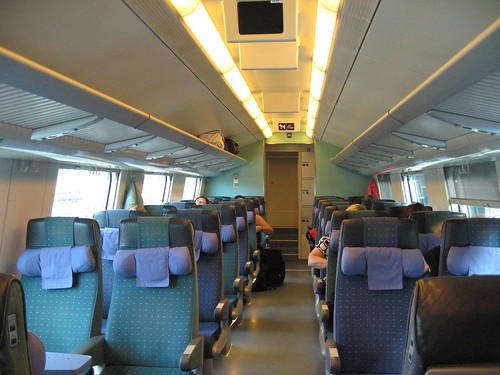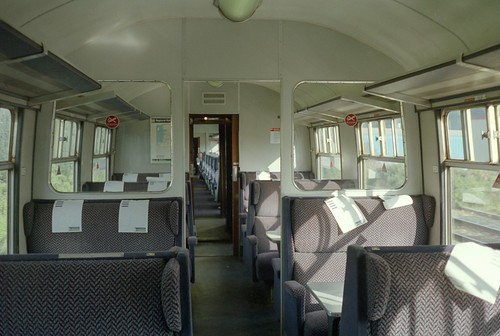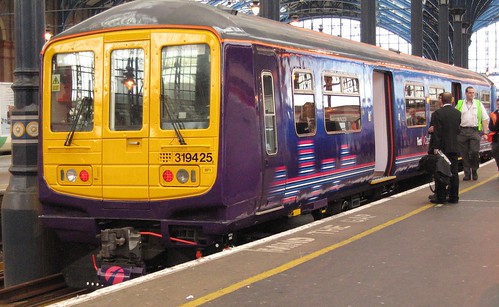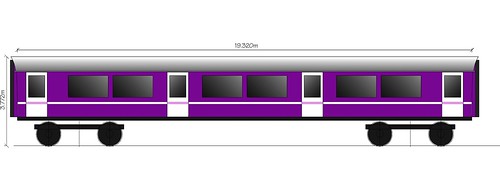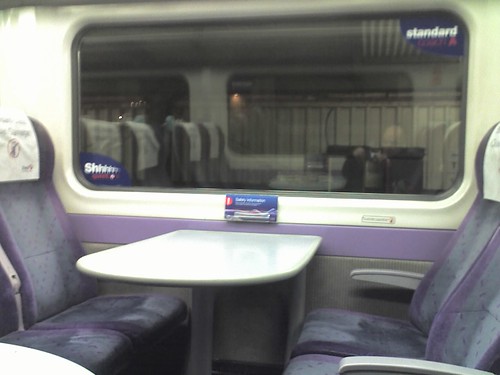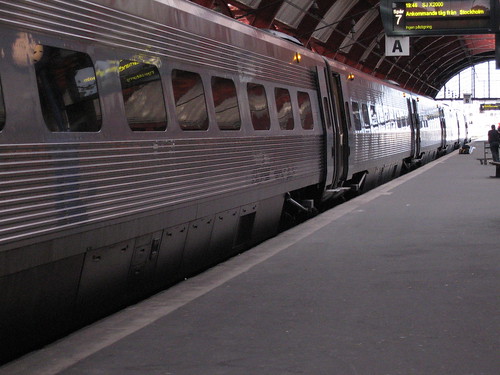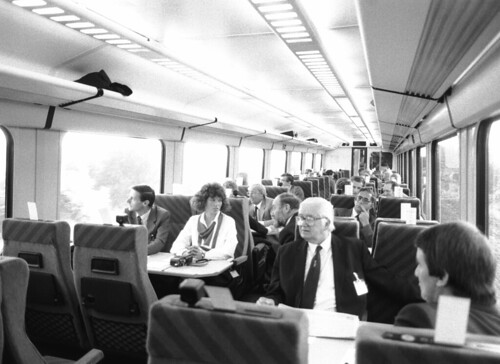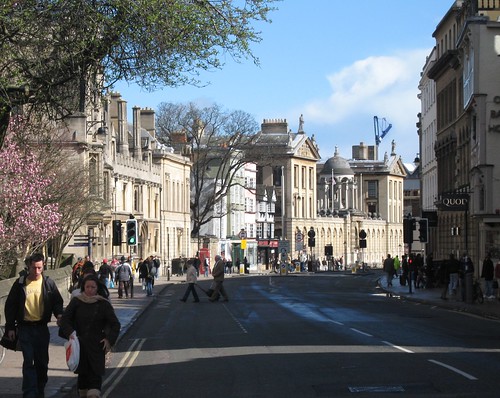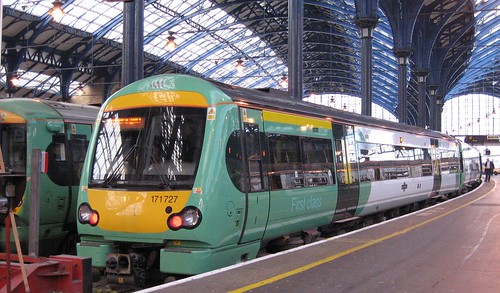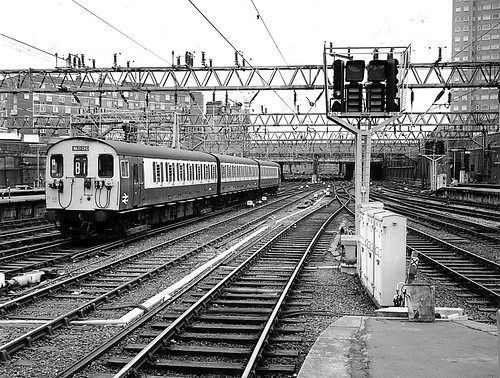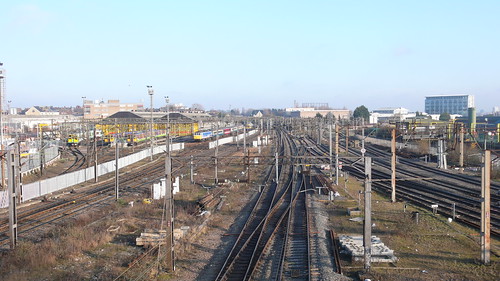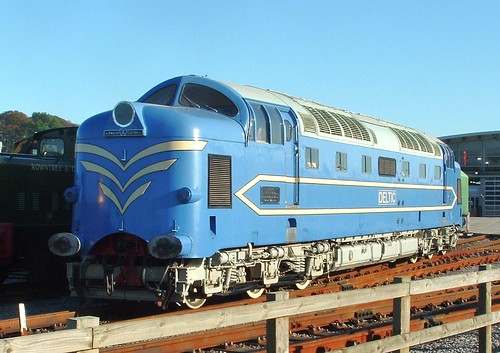The Secretary of State for Transport, Rt Hon Lord Andrew Adonis, announced the government's proposals for a new network of high speed railways
in this statement. Further details are given in the 152 page DfT report which you can download from the link on the right.
Having long been against the concept of high speed rail in Britain, my first impressions are that the route is an ingenious and rational choice for an additional railway, which could provide additional capacity. Superficially, the case for the project looks overwhelming. But it is telling that the report admits that
Any new line, whether high speed or conventional, will transform capacity. This is because:- Firstly, any new line would in itself provide the opportunity to run very significant numbers of additional services.
- Secondly, in contrast to upgrading an existing route, a new line can easily be constructed in such a way as to permit the operation of longer trains. Current European standards for new lines require them to allow trains of up to 400 metres (in comparison to the 207 metre Pendolinos in use on the West Coast Main Line).
- Thirdly, a new line would enable faster long distance services to be segregated from slower regional and commuter services, which stop at more stations, as well as from freight. The capacity benefits from segregating service types in this way can be substantial, given that a single slower train can cut across the paths of up to seven high speed services, as the diagram below shows:
- Fourthly, the use of a new line for long distance services from London to Birmingham and beyond would release significant capacity on the existing West Coast Main Line for other service types – including commuter and regional passenger trains and freight.
It is argued that the cost of building a high speed line is not significantly more than building a conventional one, which may well be true but is far from the whole story. Running costs of a high speed railway are much higher, due to the greater energy consumption (energy is proportional to speed-squared) and the need for specially designed and complex rolling stock, capable of running at the proposed speed of 250 mph - substantially faster than the French TGV which runs at 186 mph. This will be a particular problem in the British context because whilst it is proposed to build to the European standard loading gauge, a specially designed and constructed interim fleet of trains will be needed for running over both the high speed line and then continuing onto existing lines constructed to the smaller British standard.
The report argues that the benefits of higher speeds are substantial, pointing to big cuts in journey times between the main city centres. But how valuable are these time savings? The high speed rail line would reduce the time it takes to travel from Birmingham city centre to London by more than 40 per cent from the current 1 hour 24 minutes to as little as 40-49 minutes. However, adding in say, half an hour's travel at each end gives a
door-to-door journey time saving of 45 minutes on a 2½ hour journey, which is less impressive.
They've got one so we must have oneThis reveals the weak foundations on which the proposal is constructed. The principal argument the report presents is that other countries have built or are building high speed line so Britain needs one.
There is no reference anywhere to origin-and-destination travel surveys, which would undoubtedly show that most journeys start and/or finish within an area extending fifteen miles or so from the centre of a conurbation. Britain's population may be concentrated into a small fraction of the country's land area, but within that area it is diffused. It is to tap into this diffuse pattern of settlement that most trains on the Great Western main line now call at about half a dozen places between London and Bristol, whereas thirty years ago many trains made just a stop or two. Even when the high speed line is running, faced with a long journey to a city centre, most people who live outside the inner suburban ring will either pick up a train at a location such as Watford or Stevenage, on the classic network, or they will make the whole journey by car. Whilst it might take passengers off the airlines, the high speed line just does not provide an attractive alternative to the car for those in the outer suburbs, or, indeed, most people living south of the Thames.
Land value effectsOne test of the value of infrastructure investment is the aggregate change in land value to which it gives rise. A railway creates land value only around the places where it stops. Elsewhere, its effects are negative, hence the NIMBYs in the Chilterns who have already announced their opposition to the project. Has anyone tried to calculate how the proposed line would affect land values in the aggregate, bearing in mind the possibilities it opens up for improved stopping services on the classic routes?
My first impression is that the report actually makes a good case for building a new railway to conventional standards, possibly on the route identified, which leaves London alongside the High Wycombe route to Birmingham, passes under the Chilterns in a tunnel and then continues through Aylesbury, mostly on the Great Central route.
It also makes the case for building the line to a larger loading gauge, though this should surely be to the Scandinavian standard which allows vehicles 3.2 metres wide rather than the standard that applies in the rest of mainland Europe? The Scandinavian standard provides sufficient width for reasonably acceptable 2+3 seating (below), which is worth having.
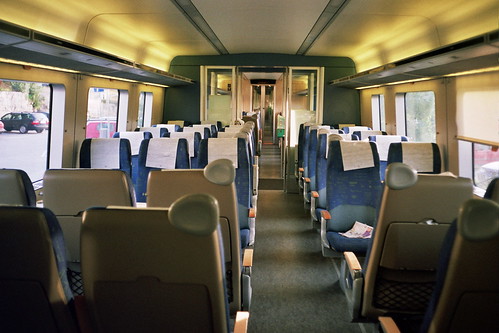
Other important benefits of constructing the line to run at conventional speeds are that sharper curvature is possible, giving a greater choice of route alignment, and that existing 125 mph stock such as mark 3 can run on it. And the construction can be done in small stages, with each enhancement or addition being brought into use as soon as it was complete. For example, the new London terminal and link out towards the former GWR route to Birmingham via High Wycombe could be brought into use as soon as it was complete as an supplement to, and possible replacement for, Marylebone, there being no longer spare capacity at Paddington.
These comments are first reactions. The report gives a slight impression of disingenuousness, to the extent that it seems to be trying to make the case with minds having been made up already. And to say that a Pendolino train is only 270 metres conveniently ignores the fact that the Department of Tranport has blocked the purchase of additional carriages to make the Pendolinos up to 11 cars, and that in the 1950s trains on the West Coast Main Line were up to 360 metres long (17 mark 1 vehicles and a locomotive).
The proposal will obviously be examined in the minutest detail over the coming months and other issues will no doubt emerge in the process.
To discuss this article please contact me on 0044 7985 07438 or emaail henry.bn{at}gmail.com
Keywords objection high speed rail britain countryside chilterns economics land value hs2

